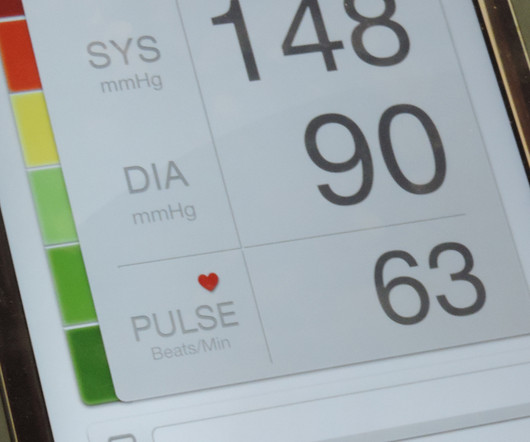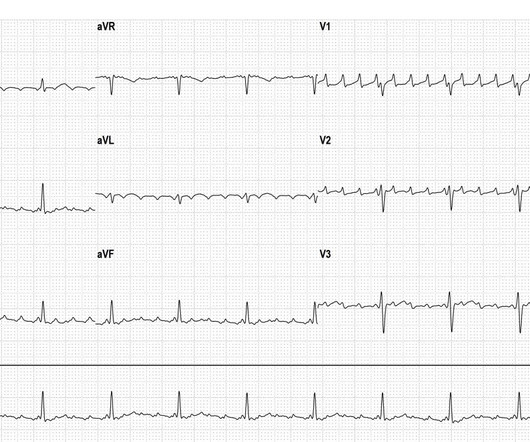Ground-breaking discovery could pave the way for new therapies to prevent cardiovascular disease and stroke
Science Daily - Heart Disease
NOVEMBER 13, 2023
Researchers have discovered the mechanism by which cholesterol in our diet is absorbed into our cells. This discovery opens up new opportunities for therapeutic intervention to control cholesterol uptake that could complement other therapies and potentially save lives.




































Let's personalize your content